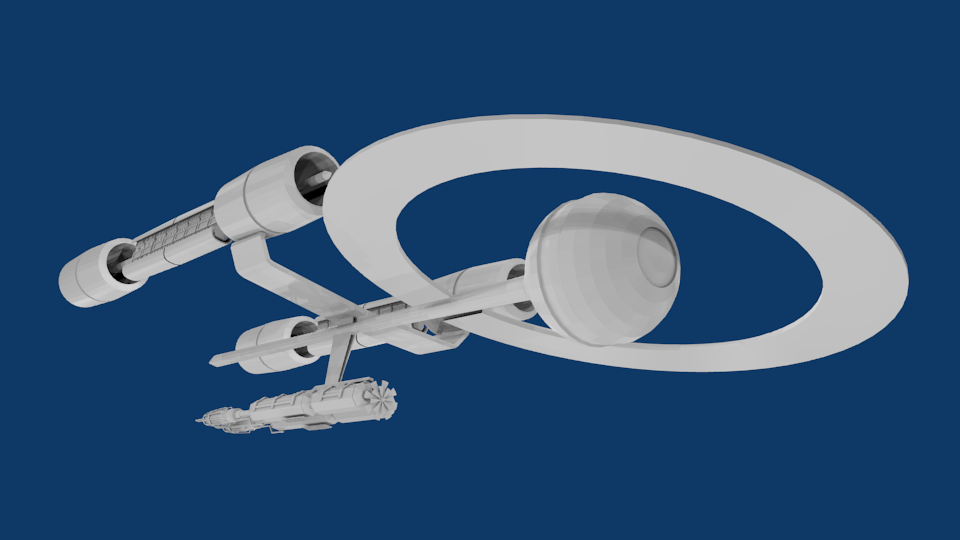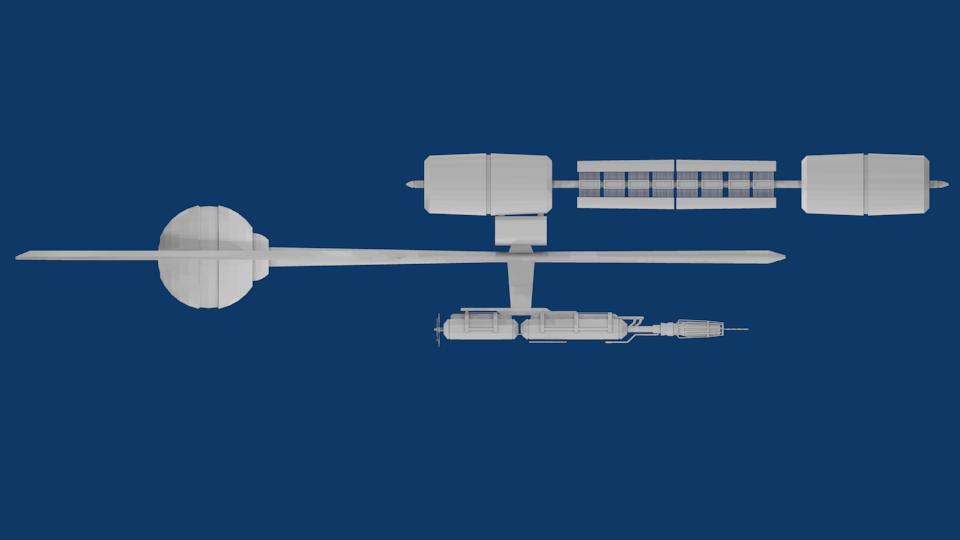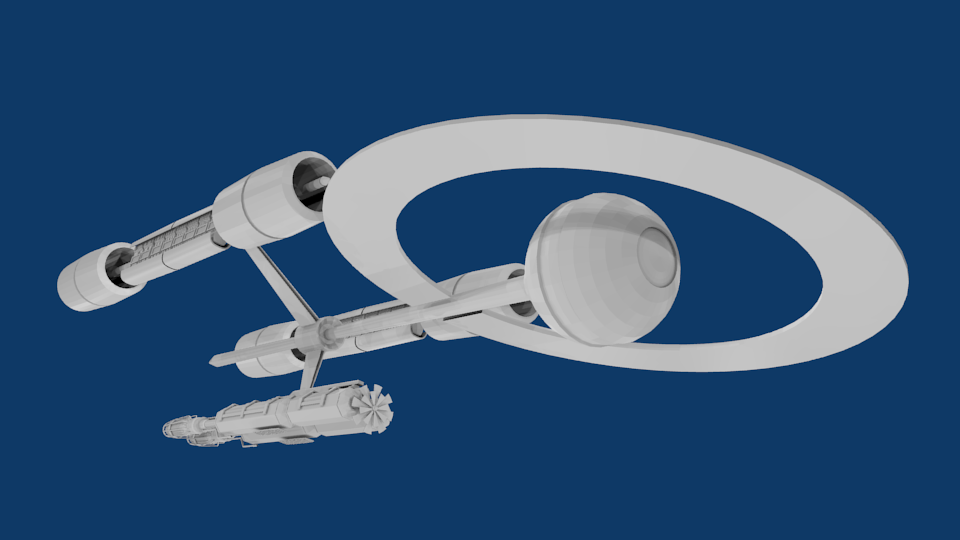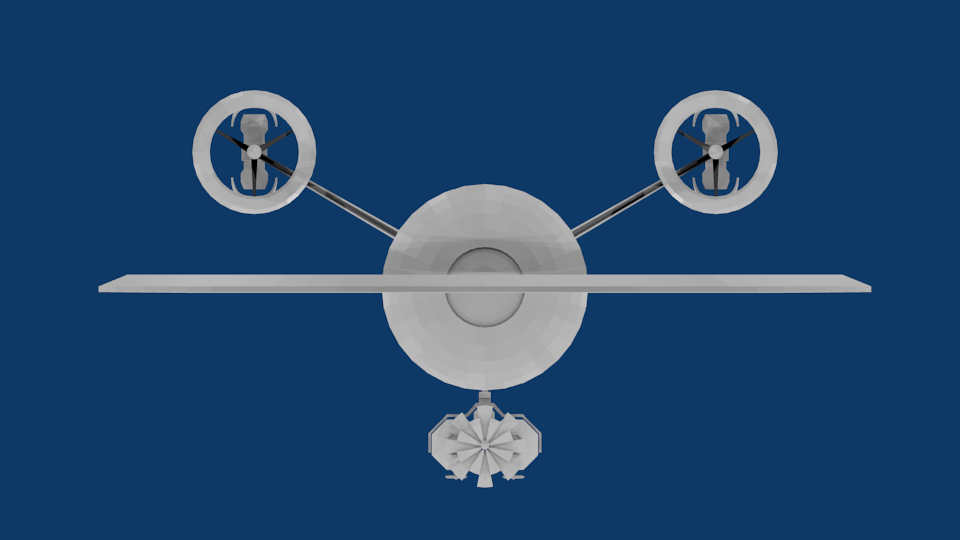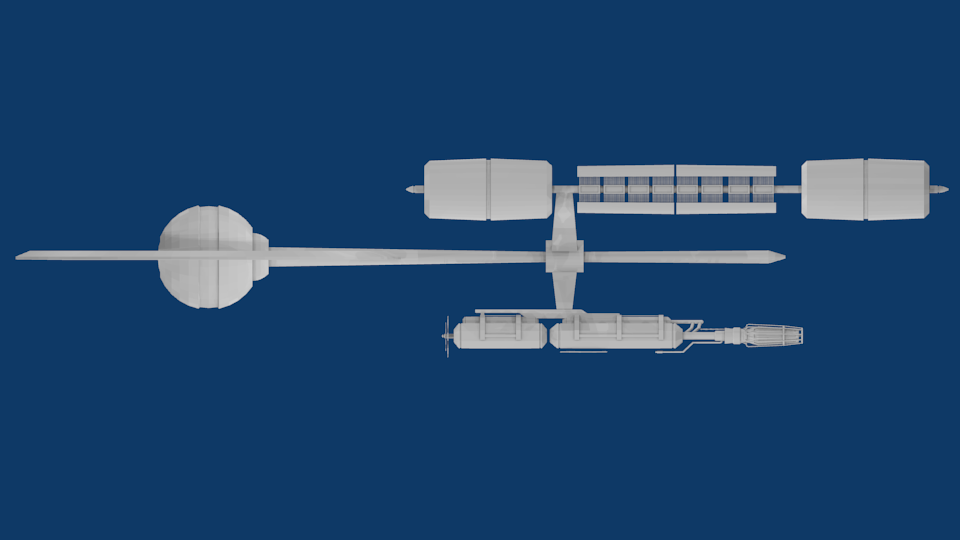Morning, guys...
Got a few tweaks. I was wondering what the ship would look like, with cylindrical nacelles, inspired by the various ringed warpships. I also filled out the habitable area, and added a sunken area in the middle for my airlocks and stuff.

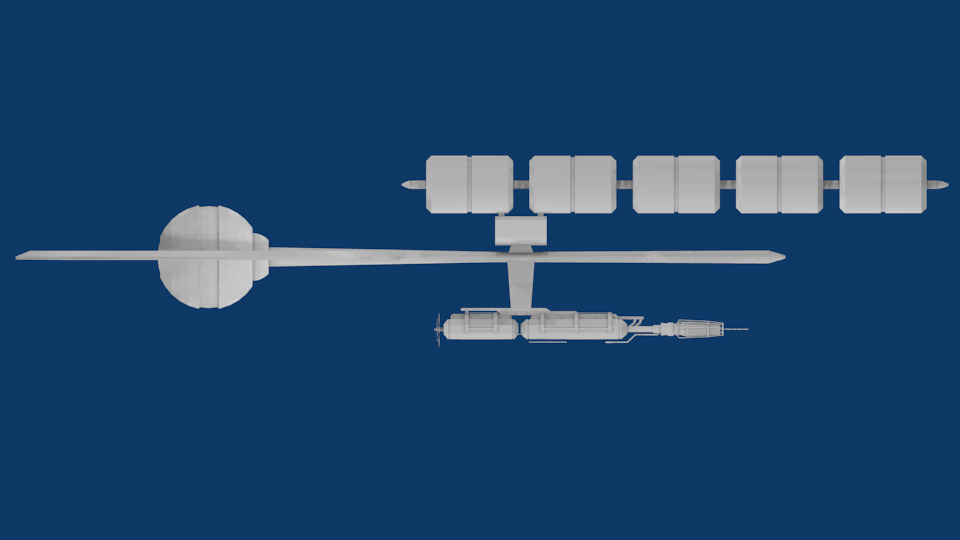
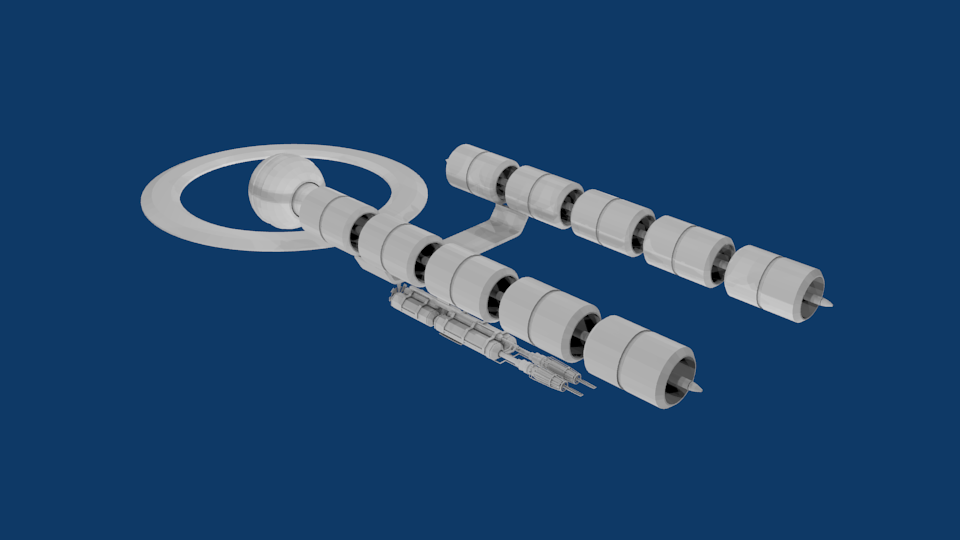
What do you guys think? I'm not sure if this works better, or not. Maybe I should have a hybrid of both engine designs?
-Ricky
Got a few tweaks. I was wondering what the ship would look like, with cylindrical nacelles, inspired by the various ringed warpships. I also filled out the habitable area, and added a sunken area in the middle for my airlocks and stuff.



What do you guys think? I'm not sure if this works better, or not. Maybe I should have a hybrid of both engine designs?
-Ricky


